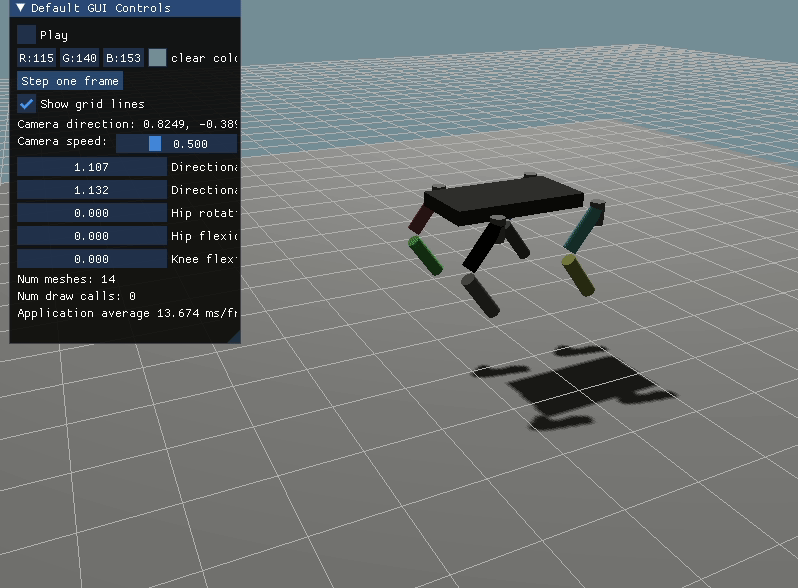Follow-up, I uploaded the files to my github.io page
https://therealjtgill.github.io/wasm_demo/public/glance_web.html
Right-click to grab the ragdoll
WASD to move the camera
Left-click to change the camera's look direction
Left-shift to move the camera down, space to move the camera up
❤️













